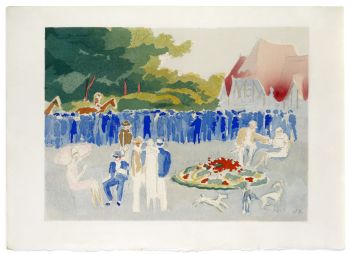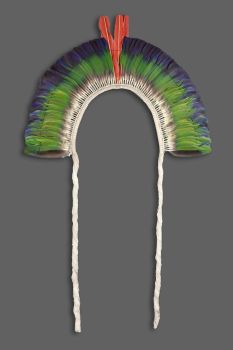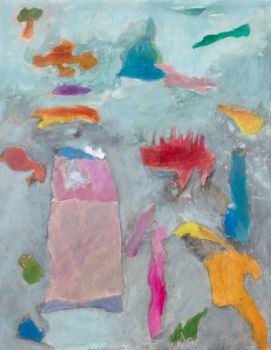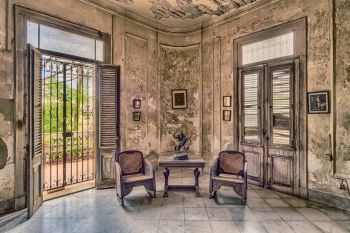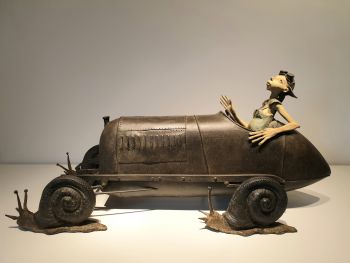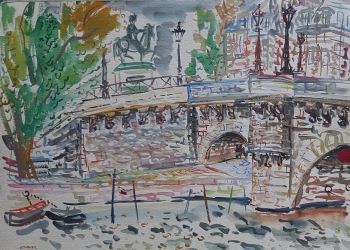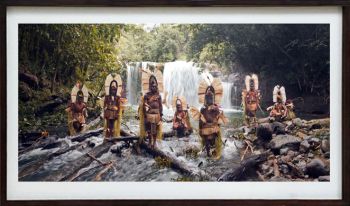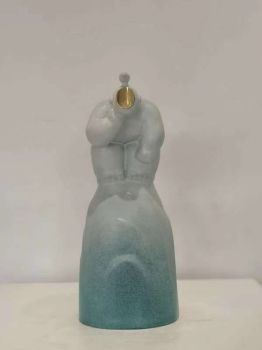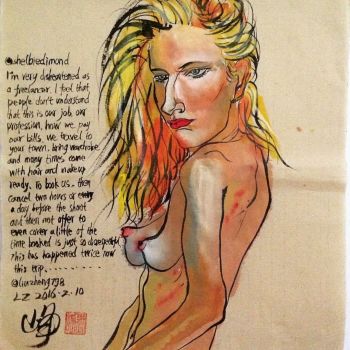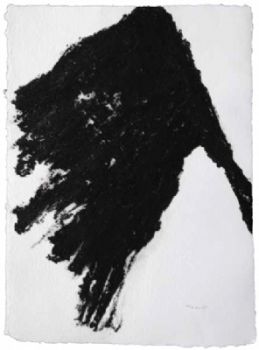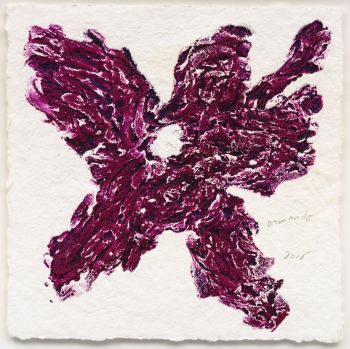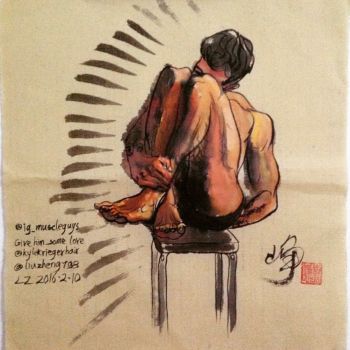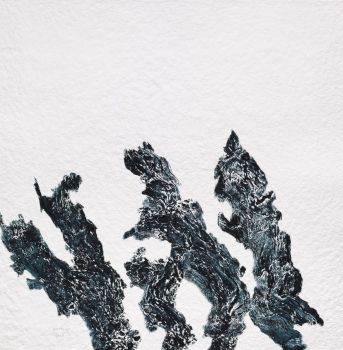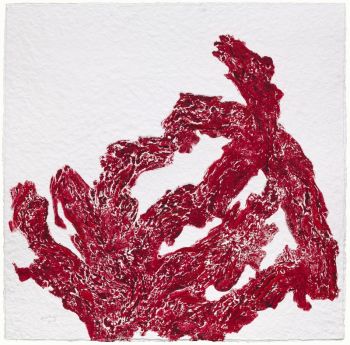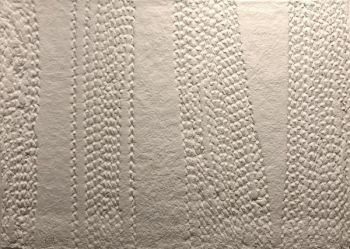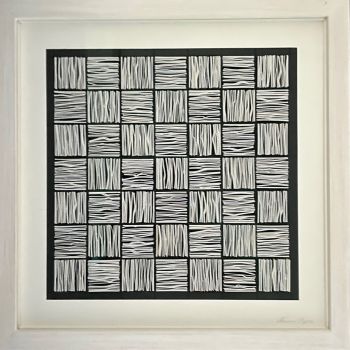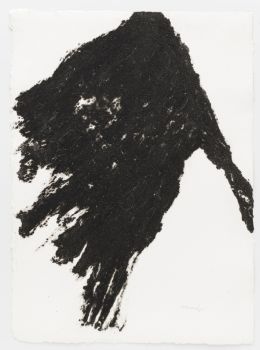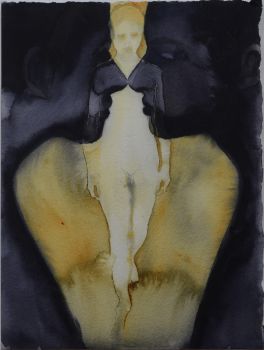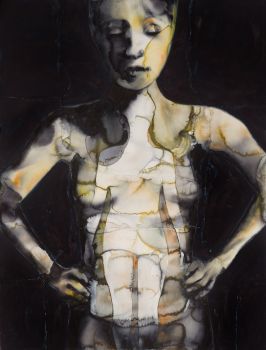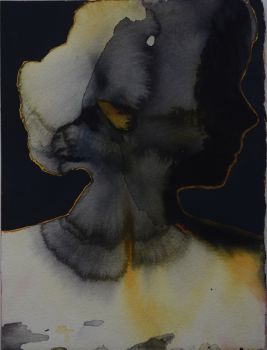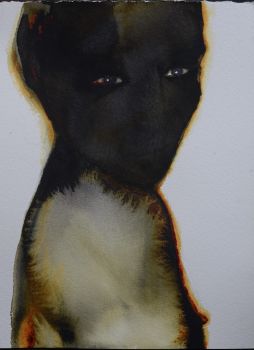Important account containing the earliest information on Darfur, written by the first European to d 1800
William George Browne
PapelPapel hecho a mano
Actualmente no disponible a través de Gallerease
- Sobre la obra de arteNieuwe reize naar de binnenste gedeelten van Afrika, door Egypte, Syrie en Le Dar-four, ... gedaan in den jaare 1792-1798.
Amsterdam, Johannes Allart, 1800.
2 volumes. 8vo. With 2 folding maps engraved by D. Veelwaard (ca. 32 x 24 cm and 43 x 40 cm), a woodcut of a pyramid and some tables in text.
Modern half vellum.
The rare Dutch translation of an important work, containing the earliest information on Darfur (Sudan).
William George Browne (1768-1813), ''inspired by Bruce's travels, went to Egypt in 1792 hoping to explore the oases in the eastern Sahara and to journey to the source of the White Nile. He reached El Fashur in Darfur and was the first Englishman to explore the temple of Jupiter Ammon at the Oasis of Siwa. These deserts were not explored again until 1848 when Bayle St. John travelled through them. Browne was the first European to describe Darfur, which he reached with a Sudanese caravan in 1793. He was imprisoned there by the Sultan of Darfur. In 1796 he reached Egypt again by caravan and eventually returned to England via Syria and Constantinople. From 1800 to 1802 Browne travelled again in Turkey and the Levant. Some information gained at that time was published in Walpole's Memoirs. In 1812 he left England with the intention of travelling through Persia to Tartary, but was murdered by bandits in Persia'' (Blackmer).
The maps show Darfur and the route of the Sudanese caravan travelling from Egypt to Darfur as well as the tracks (of which one coloured) for slave traders from Darfur to surrounding countries.
In very good condition and wholly untrimmed, with owner's stamp on both title-pages. Scarce Dutch translation of an important work containing the earliest information on Darfur.
Cox I, p. 394; Howgego, to 1800, B170; Ibrahim-Hilmy I, p. 91; cf: Atabey 156; Blackmer 219-220. - Sobre el artistaWilliam George Browne (1768, Londres - 1813, Irán) fue un viajero británico en África Central y Oriente Medio. Estudió en el Oriel College de Oxford. Cuando dejó la universidad, quiso dedicarse a las actividades literarias pero pronto decidió ser explorador en África Central. En 1792 llegó a Alejandría en Egipto y visitó el Oasis de Siwa, célebre por su templo oráculo de Zeus Ammon. Durante este año estudió árabe y examinó las antiguas ruinas de Egipto. En 1793 partió hacia Darfur, un sultanato musulmán, hoy parte de Sudán. Browne fue el primer europeo en describir Darfur. El sultán lo detuvo a la fuerza allí y sufrió muchas penurias. Se le permitió regresar a Egipto en 1796. Luego permaneció un año en Siria y llegó a Lonon en 1798. De 1800 a 1802 Browne pasó tres años en Grecia, Asia Menor y Sicilia. En 1812 tenía la intención de viajar desde Inglaterra a la ciudad de Samarcanda, ahora en Uzbekistán, pero fue asesinado por ladrones en la carretera de Tabriz a Teherán. Browne publicó sus Viajes por África, Egipto y Siria (de los años 1792 a 1798) en 1799 (edición ampliada 1806). Sus obras, escritas en un estilo seco, dan una imagen positiva de la cultura islámica.
Artwork details
Categoría
Tema
Material y Técnica
Related artworks
Tilmanus Nicolaus Maastricht
Missale Romanum con monturas de plata holandesas1788 - 1792
Precio a consultarJacob J. Roosjen SRI
Engelbert Kaempfer
LIBRO DE ENGELBERT KAEMPFER1651 - 1716
Precio a consultarZebregs & Röell - Fine Art - Antiques
Antonie Derkinderen
Memory book Exhibition of Dutch Painting1892
Precio a consultarKunsthandel Pygmalion
Antonie Derkinderen
Memory book Exhibition of Dutch Painting1892
Precio a consultarKunsthandel Pygmalion
Yoko Ono
YOKO ONO: "ARISING" SIGNED BOOK PLUS SMALL ARTWORK 2010 - 2014
Precio a consultarGallerease Selected
Hermann Nitsch
"UNDER MY SKIN" Signed book incl. small artwork and DVD in a matching box2010 - 2014
Precio a consultarGallerease Selected
LAWRENCE WEINER
"SKIMMING THE WATER [MENAGE A QUATRE]" Signed book plus small artwork2010 - 2014
Precio a consultarGallerease Selected
Tilmanus Nicolaus Maastricht
Missale Romanum con monturas de plata holandesas1788 - 1792
Precio a consultarJacob J. Roosjen SRI
1 - 4 / 22Artista Desconocido
UN TOCADO DE PLUMAS TRIBU JURUNA1900 - 1950
Precio a consultarZebregs & Röell - Fine Art - Antiques
1 - 4 / 24- 1 - 4 / 24

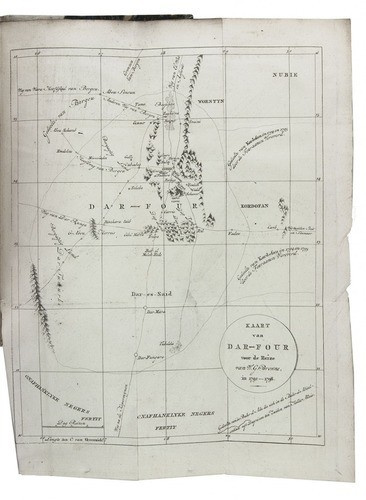




















!["SKIMMING THE WATER [MENAGE A QUATRE]" Signed book plus small artwork by LAWRENCE WEINER](https://media-2.gallerease.com/images/442bfd5f-fc31-4e18-a2fa-ee0c08eade64/350x350/skimming-the-water-menage-a-quatre-signed-book-plus-small-artwork.jpg)


